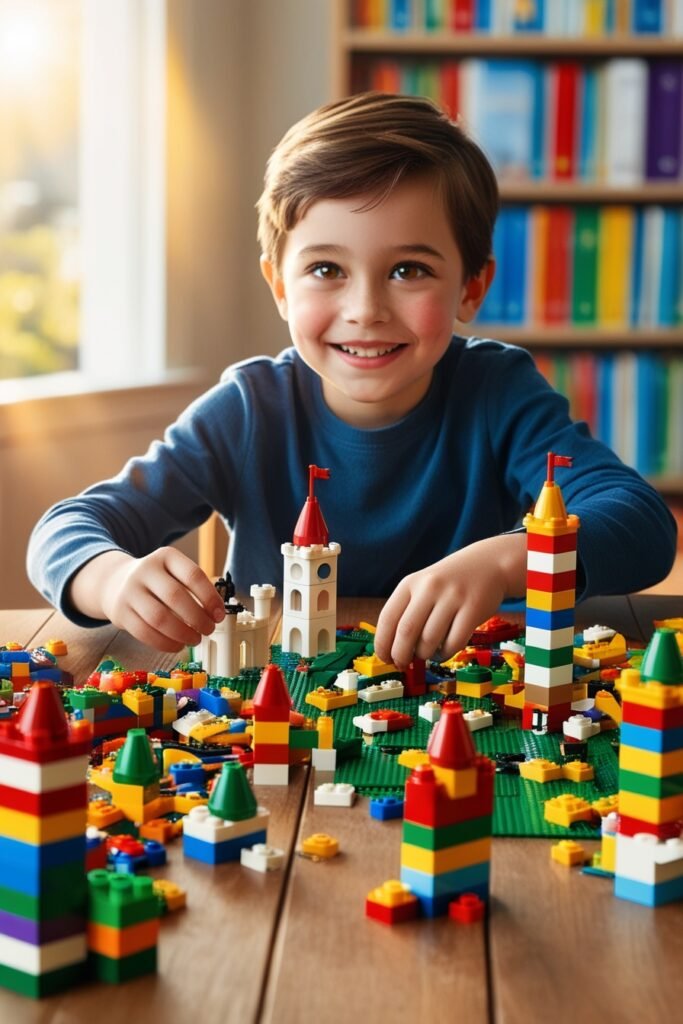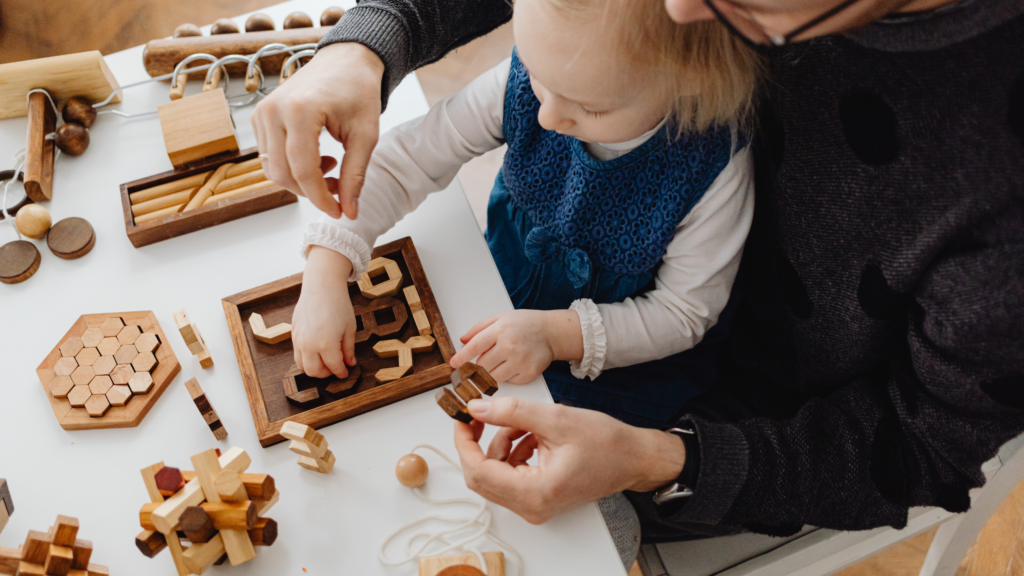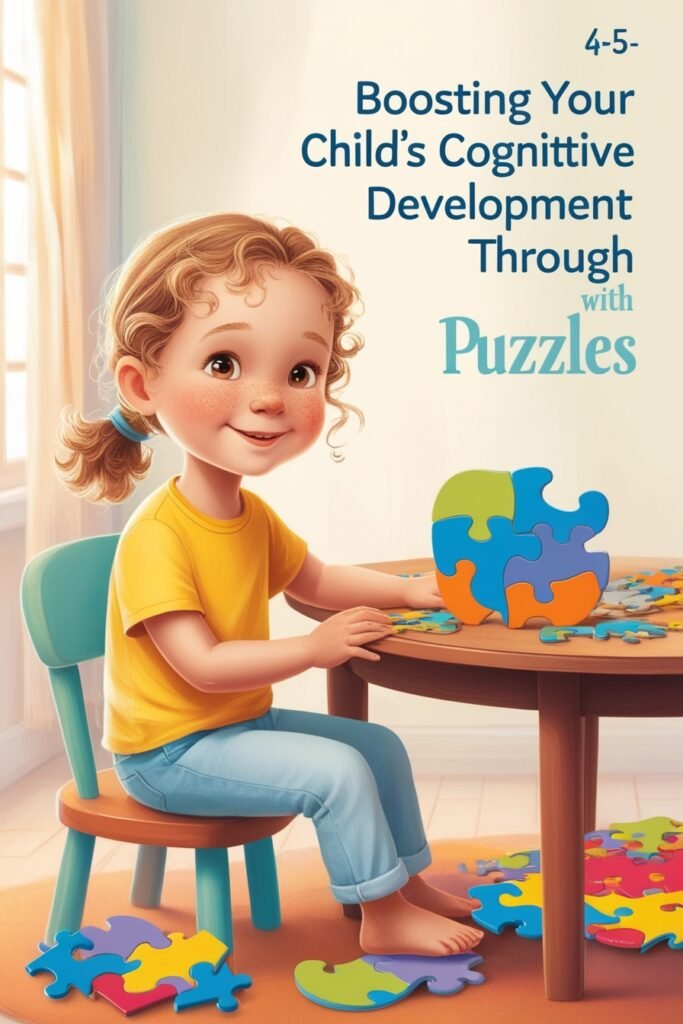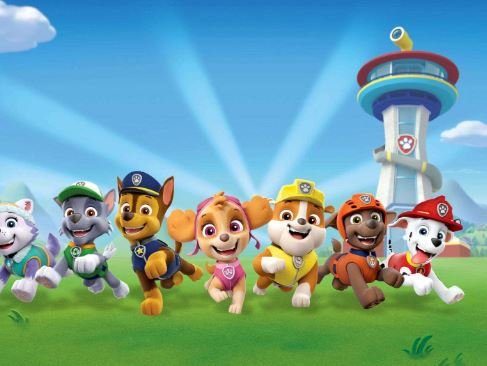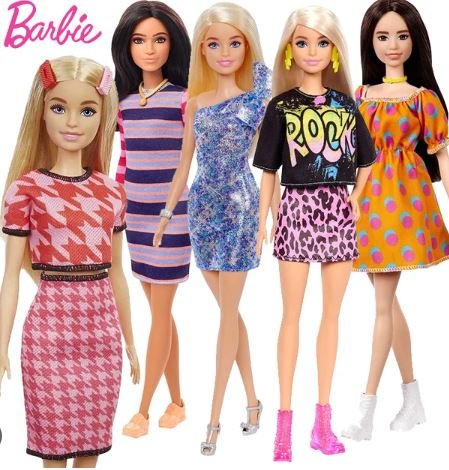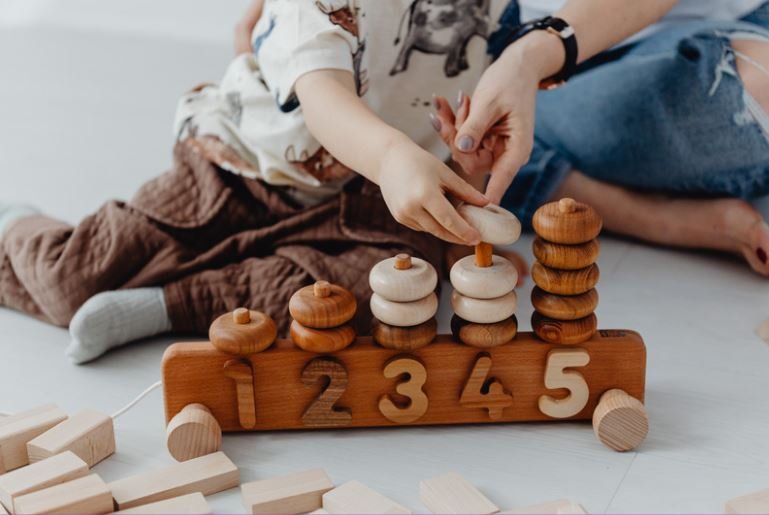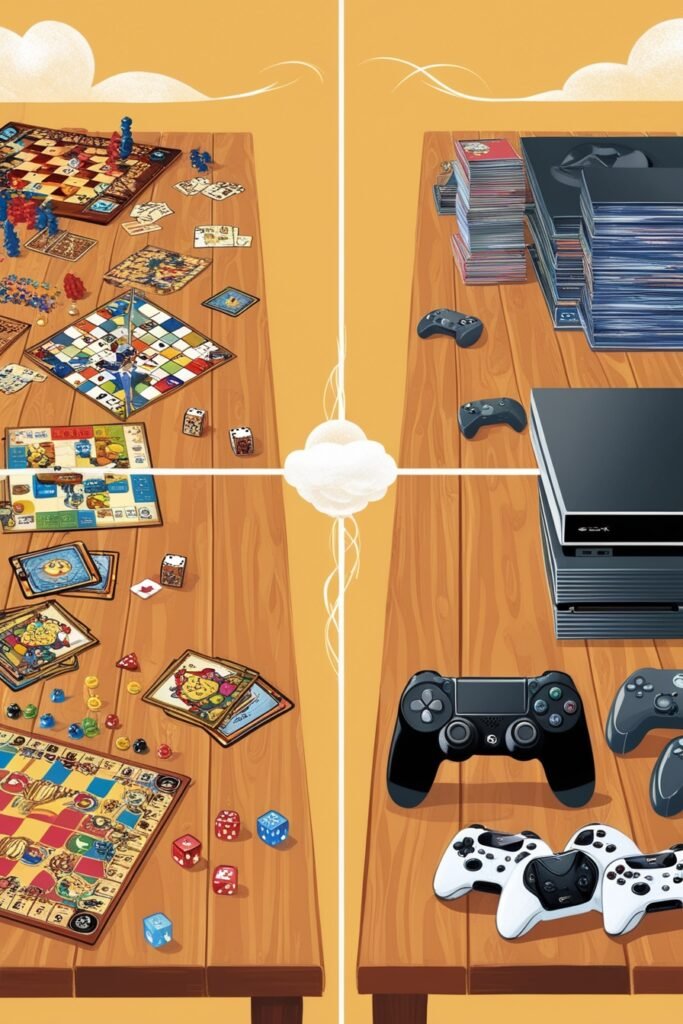Mastering the Art of Building with LEGO
Imagine yourself as a master architect, meticulously designing and constructing towering skyscrapers, intricate bridges, or perhaps even a sprawling castle. Each brick is a crucial component, each step a critical phase in your grand design. The final masterpiece? A stunning LEGO structure that reflects your creativity and skill. But what happens when you hit a roadblock? A missing piece, an unclear instruction, or a design flaw can halt your progress. The key to overcoming these challenges involves mastering the art of building with LEGO before they even arise. Let’s call this the “Brick-by-Brick Blueprint.” #1: The Visible Challenge – The Misplaced Brick: These are obstacles you can clearly see. Perhaps you’re missing a specific piece or the instructions seem too complex. Your strategy? Address these challenges head-on. If you’re missing a piece, improvise with what you have or consider purchasing person bricks from online platforms like BrickLink. If the instructions are too complex, break them down into smaller steps and tackle one at a time. #2: The Hidden Challenge – The Unseen Flaw: These are issues that may not be immediately apparent. You might have constructed part of your model incorrectly without realizing it until later stages. To overcome these hidden challenges, take regular breaks to review your work from different angles and ensure everything aligns correctly. If something seems off, don’t hesitate to dismantle and rebuild – it’s all part of the process! #3: The Trade-Off – The Sacrificed Design: Every LEGO build involves trade-offs. You might need to sacrifice an original design element for stability or because of limited pieces. Understand that compromise is often necessary in LEGO building. Prioritize structural integrity over aesthetics initially – after all, what good is a beautiful bridge if it collapses under its own weight? #4: The Bonus – The Added Detail: Use extra pieces to enhance your build and overcome potential design flaws. Adding details not only makes your model more appealing but can also reinforce its structure. For example, if you’re building a LEGO house and find it lacks stability, consider adding interior walls or pillars. Not only will this make the house sturdier, but it also adds an extra layer of realism. LEGO isn’t just a collection of colorful bricks. It’s a gateway to endless possibilities, an opportunity to construct worlds limited only by your imagination. From miniature cities to towering castles, from intricate vehicles to fantastical creatures – if you can dream it, you can build it with LEGO. But with thousands of sets available, where do you start? Here are some top picks that cater to both beginners and advanced builders: 1. LEGO Classic Creative Bricks: This is the perfect starting point for any newbie. It’s a box full of different colored bricks that encourages open-ended creativity. No instructions, no rules – just pure imaginative play. 2. LEGO Creator Expert Roller Coaster: For advanced builders seeking a challenge, this set is sure to deliver. With over 4000 pieces, it offers hours of immersive building experience resulting in an impressive roller coaster model finish with moving parts. 3. LEGO Star Wars Millennium Falcon: A must-have for any Star Wars fan! This set combines the thrill of space adventure with intricate construction details making it an engaging build for all ages. 4. LEGO Friends Heartlake City Amusement Pier: A hit among girls and boys alike! This set not only provides fun building experience but also encourages role-play with its various features like ticket kiosk, games stall and more. 5. LEGO Technic Bugatti Chiron: Car enthusiasts rejoice! This detailed model captures the essence of the iconic supercar with its aerodynamic bodywork and detailed interior. Remember, LEGO isn’t just about building models. It’s about developing skills. According to a study by the University of Derby, playing with LEGO can improve problem-solving, spatial awareness, and fine motor skills. It’s learning disguised as fun! But the magic of LEGO doesn’t stop there. It’s also a fantastic tool for bonding. Building a LEGO set together can lead to hours of quality family time, fostering communication and teamwork. So next time you find yourself in the toy aisle, reach out for that box of LEGO bricks. Watch as your child’s eyes light up with excitement, their hands eager to start building their dreams. And who knows? You might just find yourself joining in on the fun too! Here’s to endless creativity and happy building!
